Top inventions and technical innovations of World War 2
Much of the technology we take for granted today was developed in the Second World War and helped shape the world today
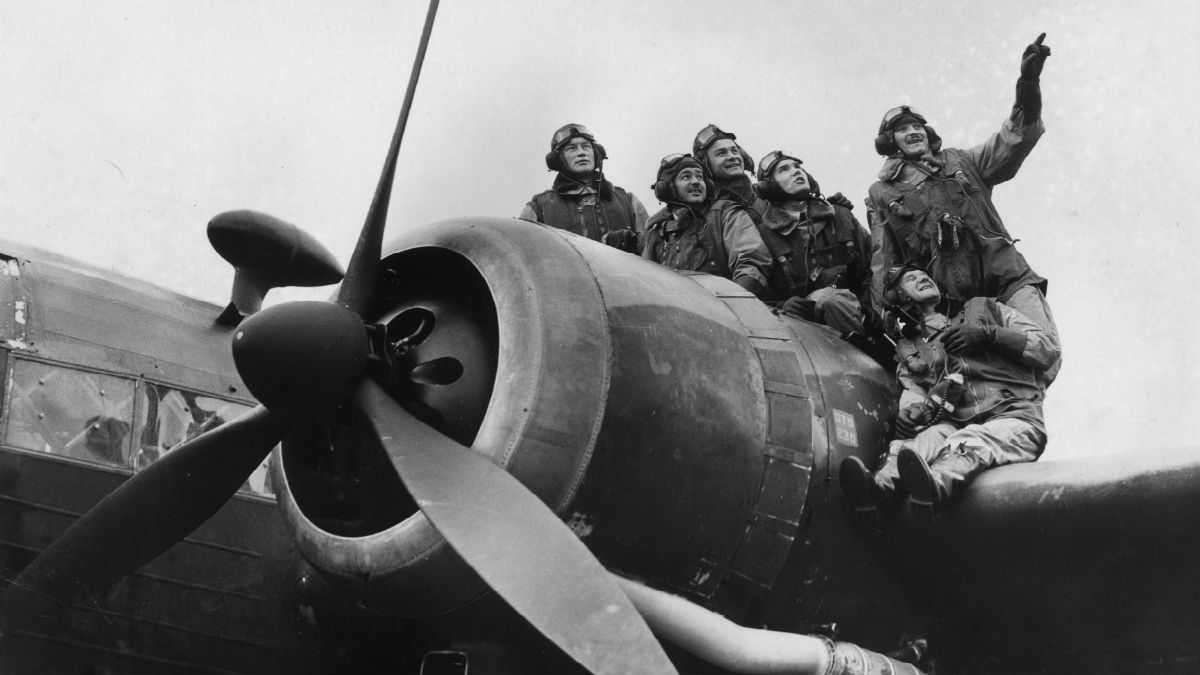
7. Penicillin
Discovered by Alexander Fleming in 1928, it wasn't until 1939 that Howard Florey and a team of researchers showed the potential of penicillin; and it was during the war that the antibiotic gained its popularity. In 1943 the US War Production Board came up with a plan for the mass distribution of penicillin to Allied troops fighting in Europe. By 1944, the US had produced 2.3 million doses and the medicine is credited with saving an estimated 12 to 15 per cent of casualties.
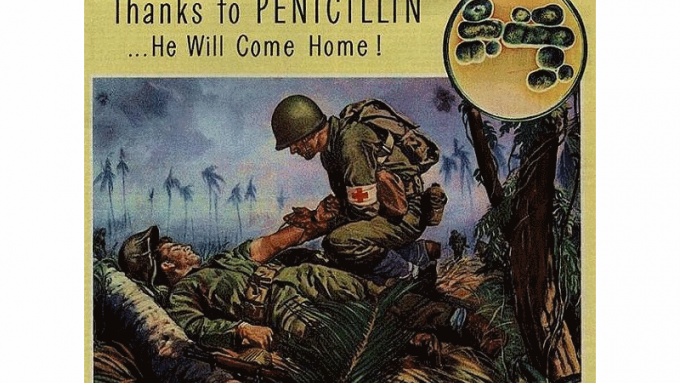
^Widespread use of penicillin during the war probably saved millions of lives, and countless more since
6. Synthetic rubber and oil
A shortage of oil meant that the Germans desperately needed an alternative and came up with a blend of adipic acid ester with poly(ethylene) oil. It helped keep the Luftwaffe in the air during the duration of the war. The Americans also developed their own synthetic oil and started using it in the airforce once it was discovered that synthetic oils made the planes easier to start in winter and reduced soot deposits in oil radiators.
The Week
Escape your echo chamber. Get the facts behind the news, plus analysis from multiple perspectives.

Sign up for The Week's Free Newsletters
From our morning news briefing to a weekly Good News Newsletter, get the best of The Week delivered directly to your inbox.
From our morning news briefing to a weekly Good News Newsletter, get the best of The Week delivered directly to your inbox.
In addition, with the Axis powers in control of most of the world's supply of natural rubber, there was a desperate need for the Allies to improve synthetic rubber production. In 1940, Waldo Semon developed Ameripol, which was cheaper to produce and easily met the Allied need for rubber.
5. Radar
In 1886 Heinrich Hertz showed that radio waves could be reflected by solid objects, setting in motion the technological advancements that would become Radar and even leading to microwave ovens. This work was to be heavily developed and improved upon during the war, particularly by the British who had need of the technology to detect incoming bombers during the Battle of Britain and scramble a fighter response.
With the prospect of war looming over Britain, investigations were made into the potential weapons that the Germans might deploy. One worry was a 'death ray' was being prepped, following a claim by Nikola Tesla. In 1935 Robert Watson Watt, an expert in radio, was contacted to find out if radio waves could be used in this 'death ray'. Watt, after talking to his assistant Arnold F. 'Skip' Wilkins wrote back that it was unlikely, but added a comment that said, "Attention is being turned to the still difficult, but less unpromising, problem of radio detection and numerical considerations on the method of detection by reflected radio waves will be submitted when required."
Several weeks Wilkins submitted a paper called The Detection of Aircraft by Radio Methods, which outlined how a transmitter and receiver could be built to bounce radio waves off an airplane for detection. Proof was needed. On February 26 1935, Wilkins showed a demonstration with a receiver set in a field in Northamptonshire. A Handley Page Heyford bomber flew on a path between the receiver and the BBC shortwave transmitter. The aircraft reflected the signal and the Air Ministry was convinced that this new technology could work and development of the new technology, called Range and Direction Finding (RDF), began. The name was partially picked, because the acronym was the same as for Radio Direction Finding, a well-known existing technology. It was the US that coined the term Radar, which stands for Radio Detection and Ranging.
A free daily email with the biggest news stories of the day – and the best features from TheWeek.com
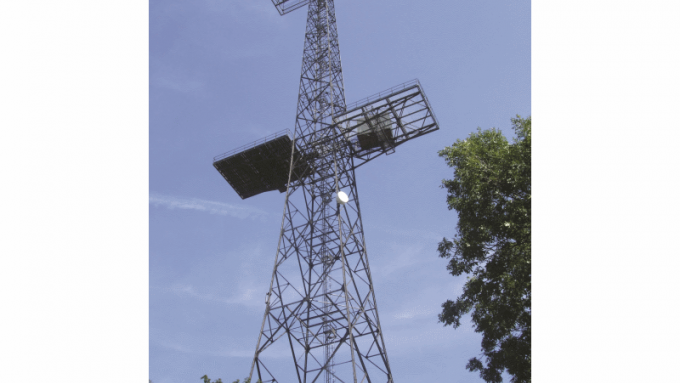
^ Chain Home was one of the first deployments of Radar, helping the British to scramble fighter response to incoming German attacks CREDIT: Stuart Axe
One of the first deployments of Radar was in the Chain Home system, designed to act as an early warning of attacks. It was primitive and looked nothing like other radar systems. It had no rotating dishes and the transmitters were fixed wire strung between 110m-high towers. Receivers were mounted on 75m tall wooden poles. With these towers erected along Britain's coast from Portsmouth to Orkney Islands, the coast was covered. While there were some problems, the system gave an early warning of German attacks and allowed the RAF to accurately scramble fighter responses.
Of course, the British weren't the only ones developing Radar and the Germans had their own version. One of the main uses for the German Freya Radar was in the Kammhuber Line, which ran from Denmark to the middle of France. This line of radar detection would pick up any Allied bombing attacks, allowing the Germans to scramble their night fighters.
Particularly scary for Allied bomber pilots were the master searchlights, which were Radar controlled. These would lock onto a bomber, then the other manually controlled lights targeted onto the plane, lighting it up for anti-aircraft batteries and night fighters to attack. In turn this led to the British coming up with counter-measures. One of the most simple was called Window. Using this system the rear gunner would throw out strips of foil, which would appear on the German Radar as enemy planes, distracting them from the real attack and helping to confuse the master search lights. It was first used to devastating effect on the attack on Hamburg, where a firestorm practically wiped out the city.
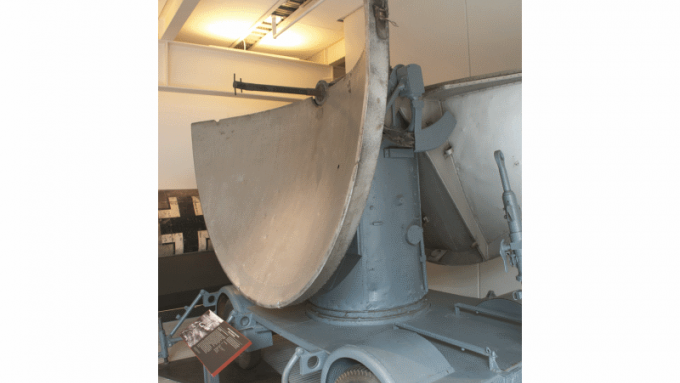
^The Germans had their own Radar, including this portable Wuzrburg model
Improved accuracy
Where the Allies really won out was through the development of the cavity magnetron. This microwave transmitter (now used in microwave ovens to heat food), allowed for smaller, more accurate radar systems to be created that could detect much smaller objects. The modern cavity magnetron was created by John Randall and Harry Boot in 1940 at the University of Birmingham. With Britain not having the money to mass-produce and develop the idea, a working sample was sent to the US where the Bell Telephone Laboratories created a version that could be manufactured.
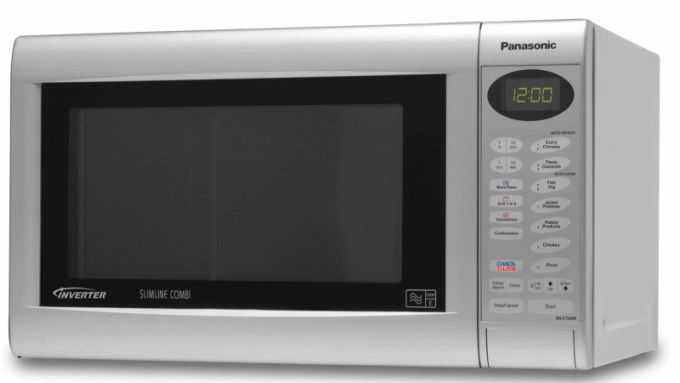
^ Not only did the cavity magnetron allow the allies to install radar on planes, it also led to the microwave oven and a million TV dinners
With this technology, the Allies had a massive advantage over the Axis. One of the key advantages was that the Radar could now be made small enough to install on planes. H2S was one of the main systems, allowing bombers to map the ground beneath them, giving them a huge advantage in blind bombing and improved accuracy. It also led to problems, such as German night fighters being equipped to detect H2S signals and so locate the bombers. Maritime patrol aircraft used the high resolution radars to detect objects as small as a submarine's periscope, allowing them to destroy German U-Boats that were previously undetectable.
Auto-tracking anti-aircraft, or 'Gun-laying', guns were also created and placed in the path of V1 flying rocket. Their accuracy and resolution meant that many of the bombs were destroyed before ever hitting their targets. Although the cavity magnetron only really lives on within microwave ovens, it kick-started the era of modern radar. Radar is now used in thousands of applications from military to civilian. It's used in aviation to warn pilots of obstacles and to give accurate height readings, and in maritime use to help ships avoid collisions with other ships. It's even used, less popularly, by the Police to detect the speed of cars.
-
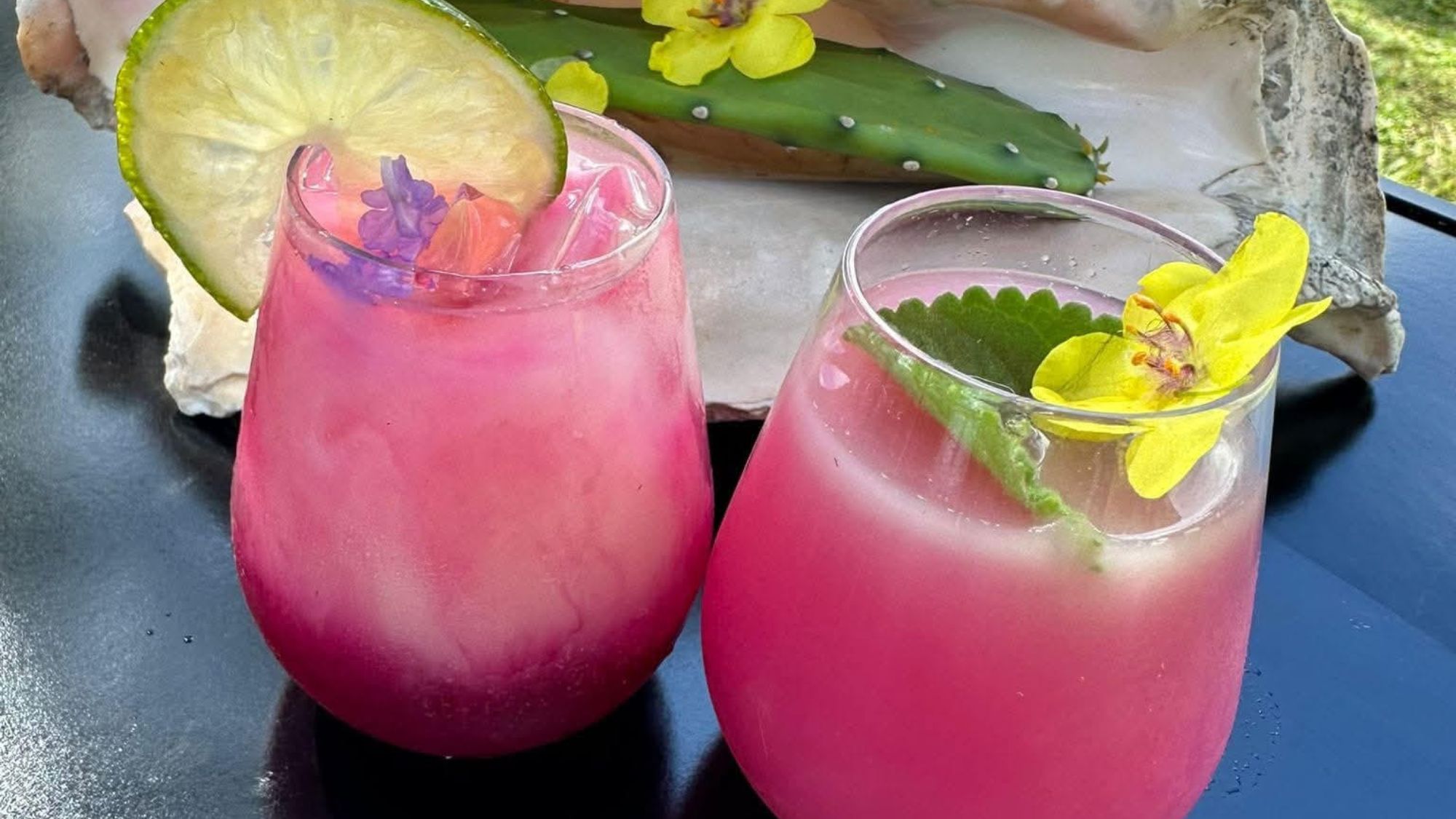 Prickly pear juice recipe
Prickly pear juice recipeThe Week Recommends Jewel-toned, natural juice is a thirst-quenching treat
-
 The truth about vitamin supplements
The truth about vitamin supplementsThe Explainer UK industry worth £559 million but scientific evidence of health benefits is ‘complicated’
-
 Is convenience culture killing community?
Is convenience culture killing community?In The Spotlight A decline in emotional intelligence could be responsible for a diminished sense of belonging